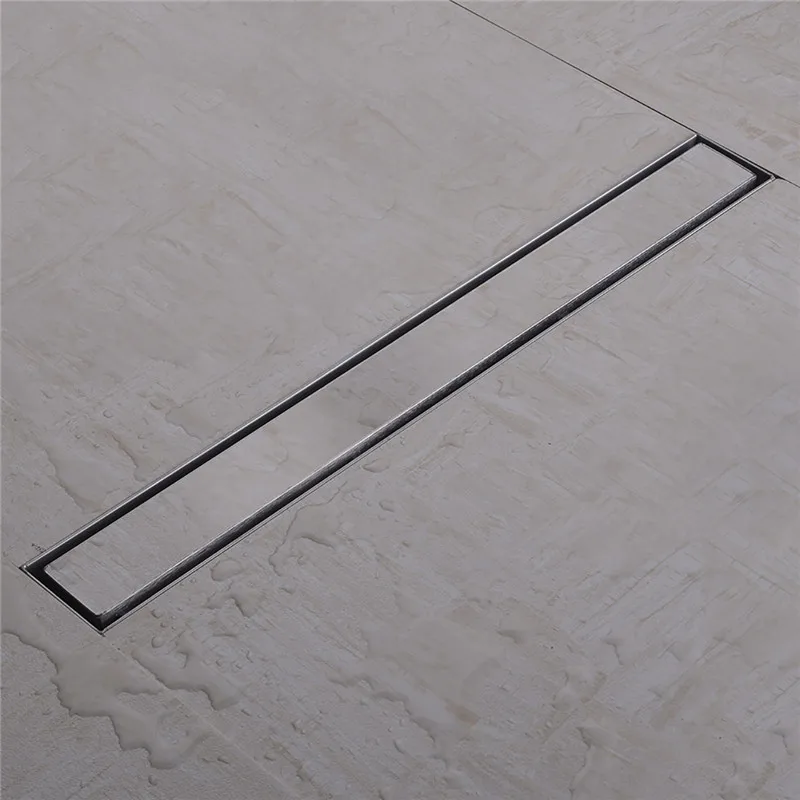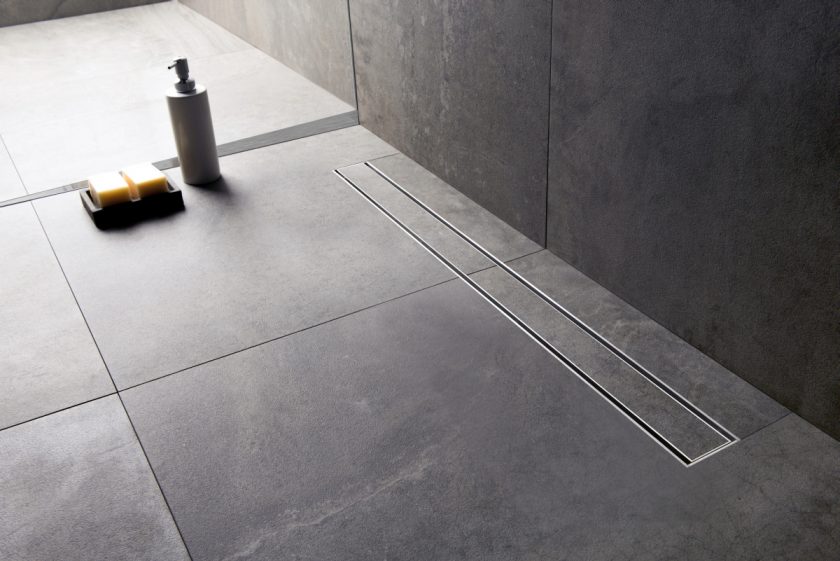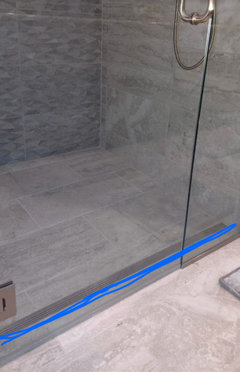

CopperĬopper prices have been on a downward trend in the last year, but in general, copper pipes will cost you $2 to $10 per foot, or $2.50 to $15 per foot after markup, which still makes them one of the more expensive options. However, they require more maintenance and you’ll need to replace them much sooner than other more durable types of drain pipes. PVC pipes are common solutions for wastewater and are easy for plumbers to work with. Plumbers might charge as much as $7.50 per foot. PVC, which stands for polyvinyl chloride, is the cheapest option for drain pipes, running from $0.50 to $5 per foot before markup. The cost to replace cast iron pipes is typically more than repairing them. Most often, the issue leading to cast iron pipe failure is corrosion in this case, a local plumber will need to repair or replace the pipes.

If your home was built using cast iron pipes for the plumbing in the 1960s or earlier - and you have not yet replaced the pipes-they will likely need to be replaced soon. Older homes, particularly those built before or during the 1960s, often have cast iron pipes, which can last up to 50 years when properly maintained. Cast IronĬast iron pipes cost $10 to $20 per foot, or $12.50 to $30 per foot with plumber markup.

Additional cost factors include labor and additional materials. *Project cost reflects pipe prices only at marked-up rate. (we have one unit, but two zones).Find hiring guides, material costs, expert advice, how-to's and more. Hopefully the coil cleaner will change the dynamics enough to fix the issue, and the problem isn't with the upstairs/downstairs diverter thing. Also, I poured water in the pan and watched it run out the primary drain, so pitch isn't the issue. I sprayed some coil cleaner, and the fins are shiny now, where they used to be dull. This morning, I opened up the evaporator compartment. I have now changed the air filters back to my usual, and waited a few days. I generally have had to clear the drain every two or 3 years. The extra fittings are so I didn't have to cut and re-glue the pipes when the drain clogged. Air is blowing out of the rightmost hole pretty hard, and seems to be blowing the water out that way, instead of through the main drain line. I couldn't find a model number, but it is about 12-16 years old? It is a Carrier mounted horizontally in the attic. the coils are dirty and so the water is coming from a different place than it used to the house has shifted and the overflow is no longer high enough to be an overflow I put in higher "quality" filters recently and somehow that has changed the airflow Why is the system draining this way? What can I do about it? If I block the overflow, water comes out the main, but if I put the pipes back on, it goes back to the overflow.īy pipes, I mean the connecting stubs that are a few inches long, so I know they are not blocked. I can see nothing that is preventing water from reaching the main line. So I disconnected the drains from the AC unit, and water preferred to come out of the overflow, even tho it was higher than the main line. But water was still coming out the overflow. I did my usual dance of cleaning out the main drain line - I made sure the point where it drains into the sewer was clear, put some drain cleaner, waited, poured a gallon of water down it, and then finally blew the line out.

So my AC unit is draining water from the overflow drain again.


 0 kommentar(er)
0 kommentar(er)
